





Salla to Intershop
Migrating your store from Salla to Intershop might seem daunting, but with proper planning and the right tools, it's a smooth process. Follow this step-by-step guide to ensure a successful transition.
Schedule a call
Step-by-Step Migration Guide: Salla to Intershop Migration Guide
Step 1: Assess Your Current Salla Environment
In this initial step, we will thoroughly evaluate your existing Salla store's structure, features, and data. This assessment is crucial for identifying what needs to be migrated and how to best approach the transition to Intershop.
Step 2: Prepare Your Data for Migration
This step involves the preparation of all necessary data for migration. We will ensure that product information, customer details, and other critical data are ready for transfer to the Intershop platform.
Step 3: Set Up Your Intershop Environment
In this step, we will establish your Intershop account and configure the necessary settings to create a suitable environment for your migrated store. This includes selecting the right deployment options and customizing the interface.
Step 4: Migrate Product and Customer Data
This step focuses on the actual migration of your product and customer data to Intershop. We will ensure that all relevant information is accurately imported and appropriately mapped to the new platform.
Step 5: Set Up Payment and Shipping Methods
In this step, we will configure the payment and shipping methods within Intershop. This ensures that your store is ready to process transactions and fulfill orders effectively.
Step 6: Optimize Your Store's Design and Functionality
This step focuses on enhancing your store's design and functionality within Intershop. We will ensure that the user experience is engaging, intuitive, and aligned with your brand.
Step 7: Test Your Intershop Store
In this step, we will conduct comprehensive testing of your Intershop store. This ensures that all functionalities are working correctly and that the customer experience is seamless.
Power Your Step - Get in Touch
Ready to make your migration to Intershop seamless and efficient? Contact PowerCommerce today for expert support throughout your migration journey.
Step 1: Assess Your Current Salla Environment
Before initiating the migration from Salla to Intershop, it is essential to conduct a detailed assessment of your current Salla environment. This assessment serves as a foundation for understanding your existing store's architecture, feature set, and the data that needs to be transferred. By meticulously evaluating these elements, we can create a tailored migration plan that ensures a smooth transition and minimizes disruption to your business.
Begin by analyzing the following components:
- Store Structure: Review the organizational hierarchy of your products, categories, and pages. Identify how these structures are set up within Salla and how they can be replicated or enhanced in Intershop.
- Product Data: Compile a comprehensive inventory of all products, including descriptions, prices, images, and variants. This data must be accurately migrated to maintain the integrity of your online store.
- Customer Information: Gather customer account details, including order histories, preferences, and saved addresses. This information is vital for providing a seamless experience post-migration.
- Custom Features: Identify any custom integrations or features currently in use on your Salla store. Determine their relevance and compatibility with Intershop to ensure that all functionalities are preserved or improved after the migration.
By completing this detailed assessment, we will be well-equipped to formulate a migration strategy that aligns with your business objectives and operational needs, allowing for a more efficient and effective transition.
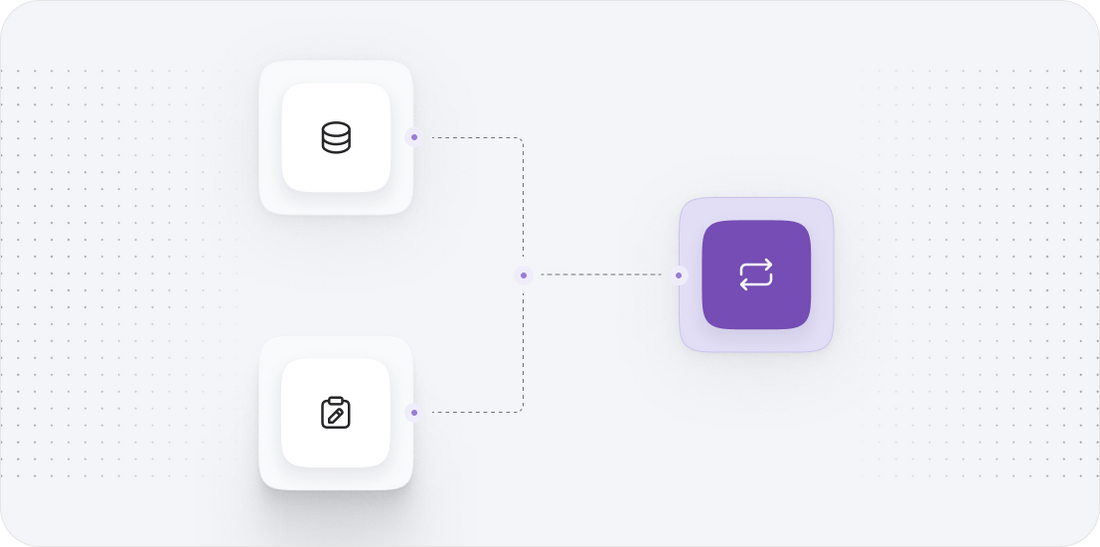
Step 2: Prepare Your Data for Migration
Once we have assessed your current Salla environment, the next step is to prepare your data for migration. This phase is critical to ensure that all relevant information is accurately transferred to Intershop without any loss or corruption. The data preparation process involves several key actions:
- Data Export: Utilize Salla's built-in export tools to create backups of your product, customer, and order data. This typically involves exporting data in formats such as CSV or XML, which are compatible with Intershop.
- Data Cleaning: Review the exported data for inconsistencies, duplicates, or outdated information. Clean the data by removing any unnecessary entries and correcting errors to ensure accuracy in the new platform.
- Mapping Data Fields: Identify how data fields in Salla correspond to those in Intershop. Create a mapping document that outlines how each field will be transferred, ensuring that all necessary information is accounted for and properly aligned.
- Backup Existing Data: Before making any changes, create a secure backup of your current Salla store data. This precautionary measure will protect against potential data loss during the migration process.
By carefully preparing your data, we ensure that the transition to Intershop will be seamless, allowing your new store to function effectively from day one.

Step 3: Set Up Your Intershop Environment
With your data prepared for migration, the next crucial step is to set up your Intershop environment. This involves creating your Intershop account and configuring the necessary settings to facilitate a smooth migration. Here’s how we can approach this:
- Account Creation: Start by signing up for an Intershop account. Choose a plan that aligns with your business size and expected growth. Ensure that the selected plan offers the features you need for your ecommerce operations.
- Deployment Options: Intershop offers various deployment options, including cloud-based and on-premises solutions. Assess your business needs and select the most suitable option. Cloud-based deployments are generally more flexible and require less maintenance, while on-premises can provide greater control.
- Initial Configuration: Once your account is set up, begin configuring essential settings such as payment gateways, shipping methods, tax settings, and user roles. These configurations will lay the groundwork for a fully operational store once the migration is complete.
- Customization of the Interface: Utilize Intershop’s intuitive interface to customize the look and feel of your store. Choose templates, modify layouts, and establish your branding elements to ensure that your new store reflects your business identity effectively.
By completing these setup tasks, we create a robust framework in Intershop that will support your migrated data and provide an excellent customer experience.
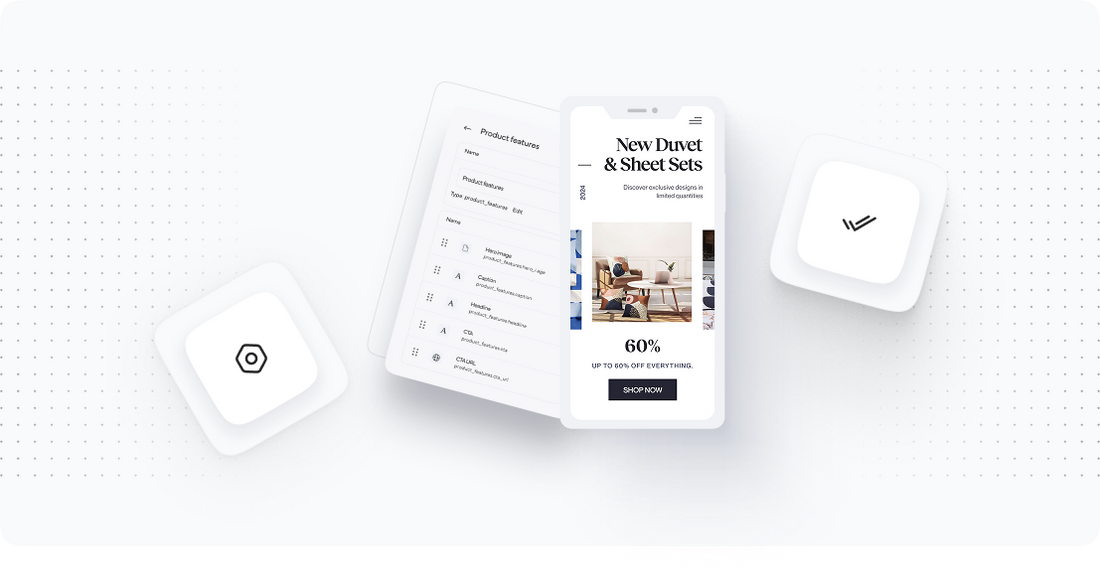
Step 4: Migrate Product and Customer Data
With your Intershop environment configured, we can now proceed to migrate your product and customer data. This step is pivotal as it ensures that all essential information is accurately transferred and functional in the new system. Here’s how we will manage this process:
- Importing Products: Use Intershop’s import tools to upload your product data. This typically involves selecting the prepared CSV or XML files that were exported from Salla. Follow the guided import process to ensure all data aligns correctly with Intershop’s structure.
- Mapping Data Fields: During the import process, refer to the mapping document created in Step 2. It’s critical to ensure that each product attribute (e.g., name, description, price, SKU) is matched to the corresponding field in Intershop to maintain data integrity.
- Customer Data Migration: Similar to product data, customer information must also be imported into Intershop. Ensure that customer accounts, order histories, and preferences are migrated to provide a seamless experience for returning customers.
- Verification of Imported Data: After the import is complete, conduct thorough checks to verify that all products and customer records have been accurately transferred. This includes checking product images, pricing, and customer account details for discrepancies.
Successfully migrating product and customer data is crucial for maintaining continuity in your ecommerce operations and ensuring that your customers have a positive experience in the new Intershop environment.
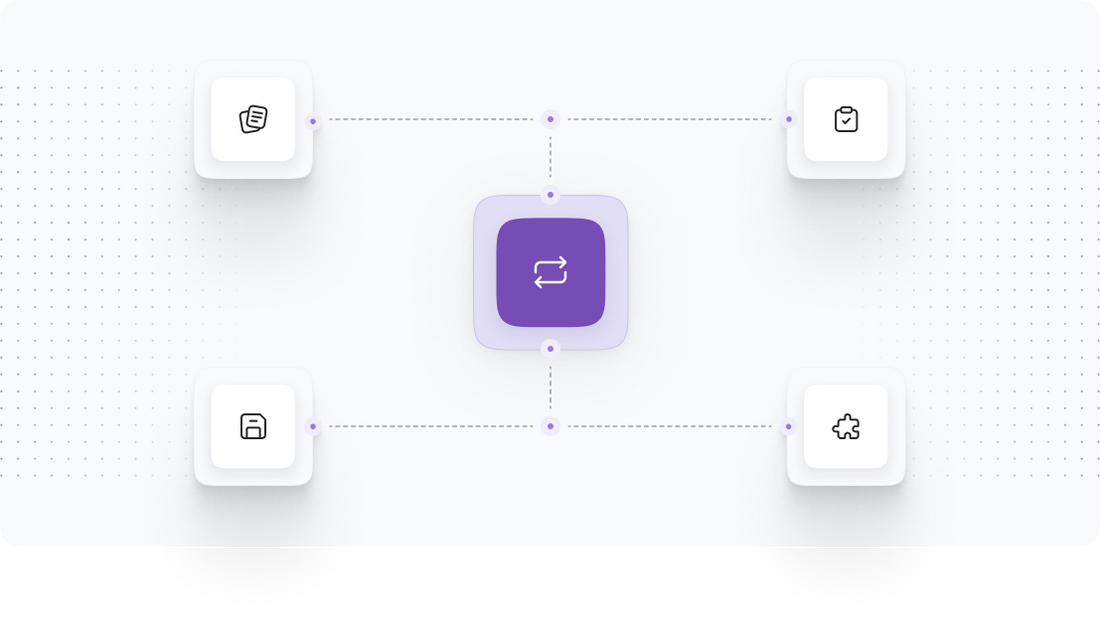
Step 5: Set Up Payment and Shipping Methods
Once your product and customer data has been migrated, the next essential step is to set up the payment and shipping methods within Intershop. This configuration is vital for ensuring that your store can effectively process transactions and fulfill orders. Here’s how we will proceed:
- Payment Method Configuration: Navigate to the payment settings in your Intershop backend. Select and configure the payment gateways that you wish to offer your customers, such as credit card processing, PayPal, or other digital payment solutions. Ensure that each payment method complies with relevant security standards.
- Shipping Options Setup: Define your shipping methods based on your business model. Set up options for domestic and international shipping, including rates, delivery times, and carriers. You can integrate with various shipping providers to streamline this process.
- Tax Settings: Configure tax settings to ensure compliance with local regulations. Set up tax rates based on the geographic regions where you operate and the products you sell.
- Testing Payment and Shipping: Conduct test transactions to verify that all payment and shipping methods are functioning correctly. This testing phase is essential to identify any potential issues before launching your store to customers.
By thoroughly setting up payment and shipping methods, we ensure that your Intershop store is fully equipped to handle customer transactions efficiently and securely.
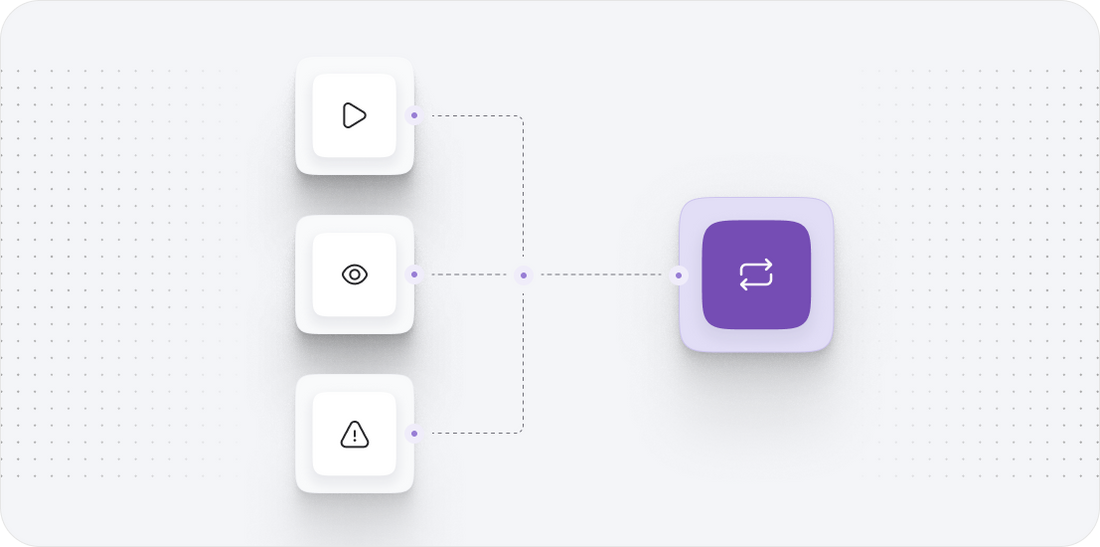
Step 6: Optimize Your Store's Design and Functionality
With the foundational elements of your Intershop store in place, the next step is to optimize its design and functionality. A well-designed store not only attracts customers but also enhances their shopping experience. Here’s how we will approach this optimization:
- Theme Customization: Choose a visually appealing theme that aligns with your brand identity. Customize the theme’s colors, fonts, and layouts to create a cohesive look and feel that resonates with your target audience.
- User Experience Enhancements: Implement features such as search functionality, filters, and product recommendations to enhance the user experience. Ensure that navigation is intuitive, allowing customers to find products easily.
- Responsive Design: Optimize your store for mobile devices. Given the increasing trend of mobile shopping, ensure that your design is responsive and provides an excellent experience across all screen sizes.
- SEO Optimization: Implement SEO best practices by optimizing product descriptions, meta tags, and URLs. This step is critical for improving your store's visibility on search engines and attracting organic traffic.
By focusing on design and functionality, we ensure that your Intershop store is not only visually appealing but also provides an engaging and seamless shopping experience for your customers.
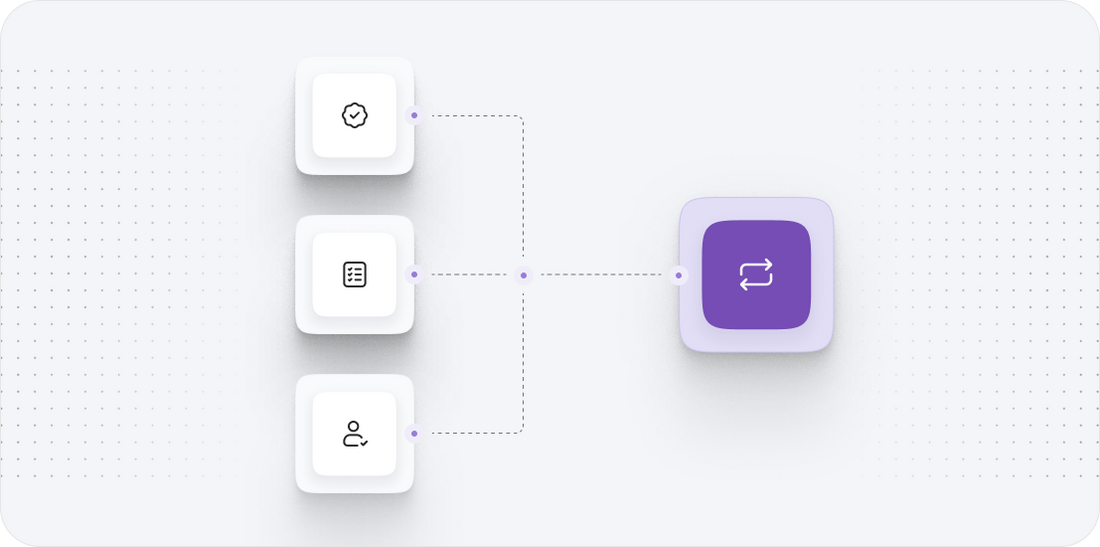
Step 7: Test Your Intershop Store
Before launching your newly migrated Intershop store, it is crucial to conduct thorough testing to ensure that all functionalities are working correctly. This testing phase helps identify any potential issues that could affect customer experience. Here’s how we will approach this testing:
- Functionality Testing: Verify that all features, such as product listings, search functionality, payment processing, and shipping options, are functioning as intended. Test each feature systematically to ensure there are no errors.
- User Journey Testing: Simulate the entire customer journey, from browsing products to completing a purchase. This testing should include various scenarios to ensure that every aspect of the shopping experience is seamless.
- Performance Testing: Assess your store's performance under various conditions, including high traffic scenarios. Use tools to monitor loading times and responsiveness, ensuring that your store can handle customer demands.
- Feedback Gathering: If possible, involve a small group of users to test the store and provide feedback. This real-world testing can help identify usability issues that may not be apparent during internal testing.
By conducting comprehensive testing, we can ensure that your Intershop store is fully functional and ready to provide an exceptional shopping experience for your customers.

Power Your Step - Get in Touch
At PowerCommerce, we understand that migrating your ecommerce platform is a significant step towards achieving your business goals. Our team of experts is here to ensure that your transition from Salla to Intershop is not only smooth but also optimized for success. By leveraging our extensive experience in ecommerce migrations, we can help you navigate the complexities of this process, allowing you to focus on what matters most--growing your business.
Contact us today to get started:
- Visit our contact page to fill out our inquiry form.
- Call us directly at 800-099-9090 to speak with one of our migration specialists.
- Email us at info@powercommerce.com for any questions or detailed inquiries.
Don’t let the challenges of migration hold you back. Trust PowerCommerce to empower your ecommerce growth with our innovative solutions and dedicated support.
Stay aligned on what's happening in the commerce world
Trusted by 1000+ innovative companies worldwide
Schedule Your Migration Today
For businesses prioritizing simplicity, scalability, and robust support, Shopify is the clear winner.
Looking to migrate without hassle? Power Commerce can handle the entire process, ensuring smooth data transfer, store setup, and post-launch success.
Marka Marulića 2, Sarajevo, 71000 BiH
00387 60 345 5801
info@powercommerce.com


